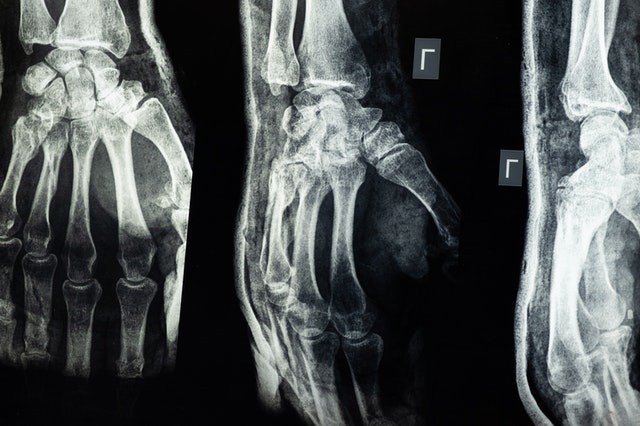In an examination of rats, researchers recently showed that particles in an intermediary size range, roughly 150 nanometers in diameter, were the most effective when it comes to stopping bleeding.
According to a Phys.org report, such particles were much less likely to travel as well, to the lungs or other off-target areas which larger particles frequently do.
An MIT Institute Professor, Paula Hammond who's also head of the Department of Chemical Engineering and a member of Koch Institute for Integrative Cancer Research of MIT said with nano systems, there is always some buildup in the liver and the spleen although they would like more of the active system to build up at the wound compared to such filtration areas in the body.
ALSO READ: Welsh Scientists Invent a Solvent-Free Machine That Can Safely Clean Toxic Chemicals in Water

Traumatic injuries are the leading reasons for death in the United States among individuals aged 45 years and below, and such conditions account for over three million fatalities each year globally.
Traumatic Injuries
Traumatic injuries are the leading reasons of death in the United States among individuals aged 45 years and below, and such conditions account for over three million fatalities each year globally.
To lessen the death rate of such an injury and entice cells that contribute to the stoppage of bleeding until the patient can reach a hospital for additional treatment.
While some of the particles have shown potential in animal research, none have been tested yet in human patients.
One reason for that is the inadequacy of information on the mechanism of action and the possible safety of such particles.
To shed more light on such factors, chemical engineers at MIT have now carried out the first systematic investigation of how different-sized polymer nanoparticles are circulating in the body, not to mention interacting with platelets, the cells promoting blood clotting.
Hemostatic Nanoparticles
As indicated in the study published in the ACS Nano journal, with MIT graduate student Celestine Hong as the lead author, nanoparticles can stop bleeding which is also called hemostatic nanoparticles.
They can be made in many different ways. One of the most commonly applied approaches is to develop nanoparticles made of biocompatible polymer conjugated with a protein or peptide that's attracting platelets, the blood cells initiating the blood clotting.
In this research, the study authors used a polymer called "PEG-PLGA," conjugated with a peptide also known as GRGDS, to produce particles.
Most of the past research on polymeric particles to prevent bleeding has focused on particles that range in size from 300 to 500 nanometers.
Nonetheless, few, if any of the research has systematically examined how size is affecting the nanoparticles' function.
Hong explained they were attempting to look at how the nanoparticle's size is affecting its interactions with the wound, an area that has not been explored with the polymer nanoparticles used before as hemostats.
How the Bleeding Stops
The study investigators then tested nanoparticles' three size classes in mice. First, they injected the particles in healthy rodents to examine how long they would circulate in the body and where they would build up.
The researchers discovered that, as observed in previous research, the largest particles were more possible to build up in the lungs or other off-target areas, and their circulation period was shorter.
The study investigators, working with their collaborators at MGH then used a mouse model of internal injury to investigate which particles would work most effectively at stopping bleeding.
As a result, they discovered that the intermediate-sized particles seemed to work the best and that such particles also exhibited the greatest accumulation rate at the area of the wound.
First-Line Therapy
The researchers are now hoping to test the intermediate-sized particles in larger animal models, to collect more information on their safety, as well as the most effective doses.
They are hoping that eventually, such particles could be employed as the first line of therapy to stop bleeding from traumatic injuries long enough for an individual to reach the hospital.
Commenting on this new study, Hong said these particles are intended to address deaths that can be prevented. They may not be a "cure-all" for internal bleeding, he continued, but they are meant to provide a person a few additional hours until they reach the hospital where they can be given adequate treatment.
Related information about nanoparticles for that may save lives is shown on the American Chemical Society's YouTube video below:
RELATED ARTICLE: Nanoparticles Within Life-Threatening Medications May Help Reduce Infusion Reactions
Check out more news and information on Nanoparticles in Science Times.














